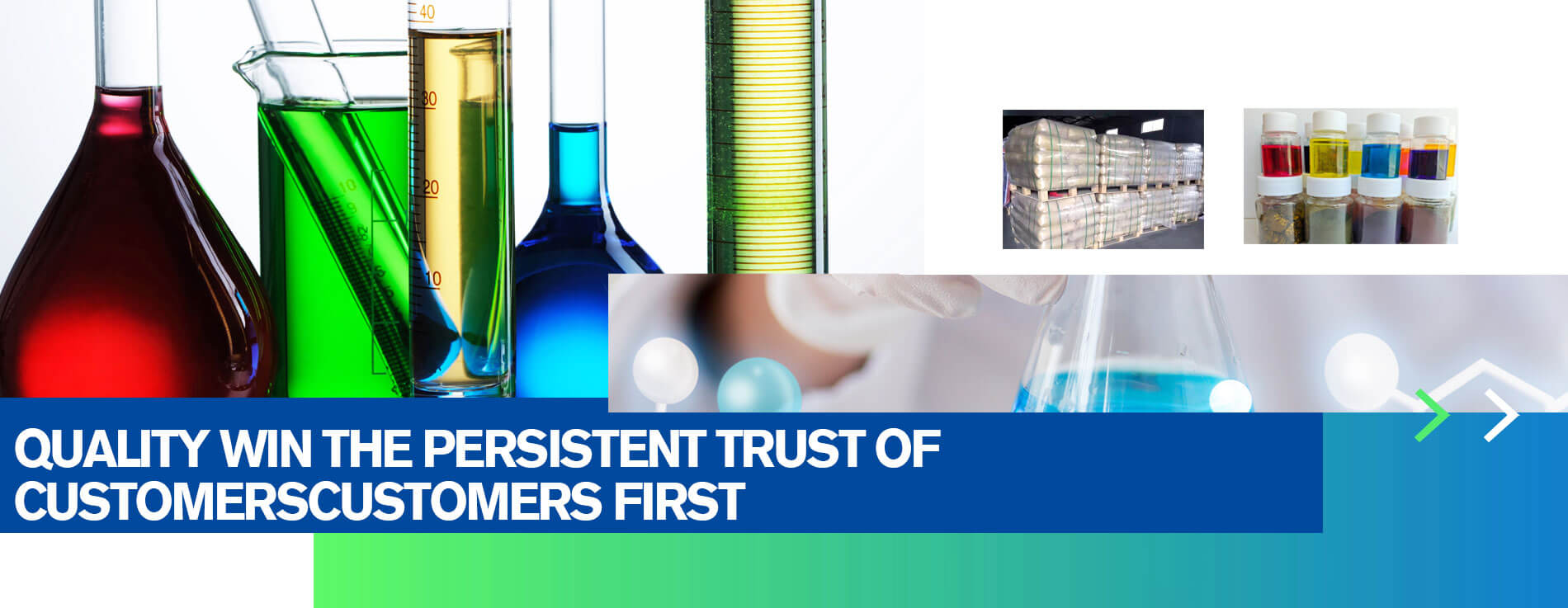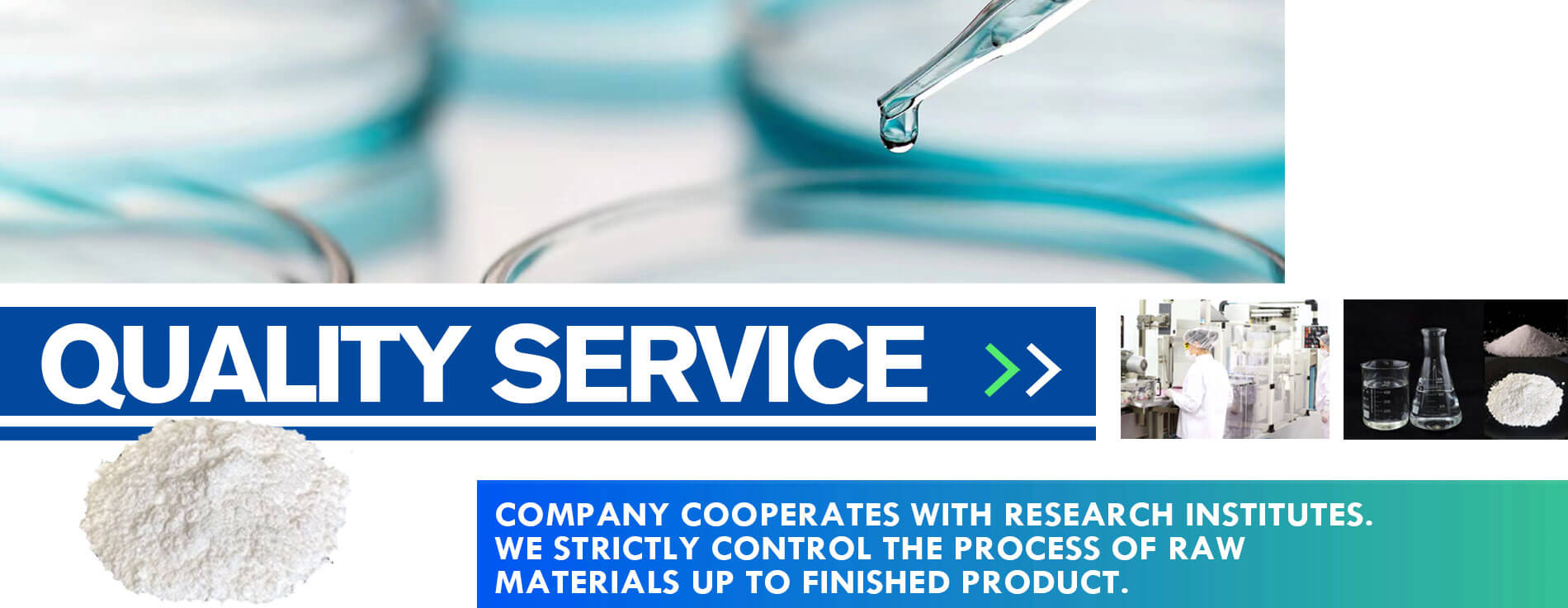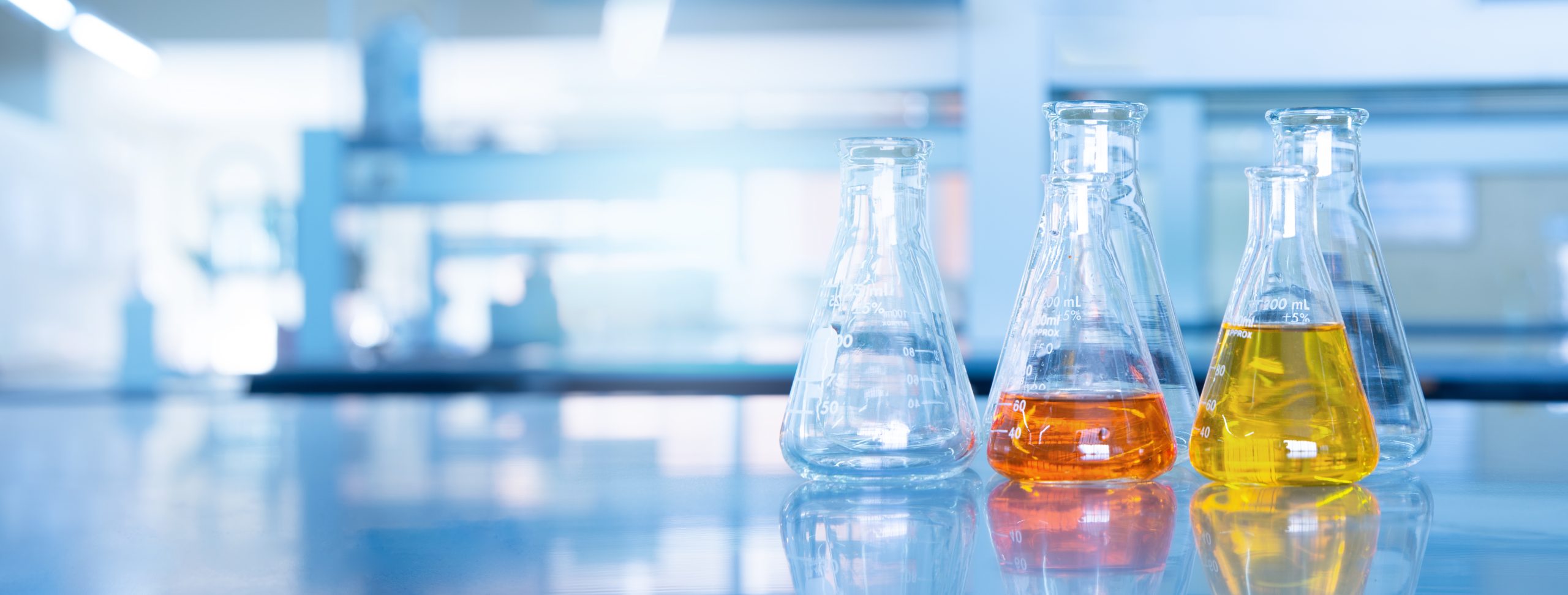Diallyl trisulfide

Specifications
| Item | Index |
| Density | 1.0~1.2 |
| Refractive index(n20D) | 1.582 |
| Boiling point,℃ | 229.5±43.0 |
| Flash point,℃ | 87.8±25.2 |
| Purity, % | ≥95.0 |
Packing & Storage
| Packing | 4 kg in steel drum. 100 g in glass bottle. 1 kg in glass bottle. |
| Storage | 20℃, 2 years. |
| Shipping | Room temperature in China; may vary elsewhere |
Free Quote
For samples, pricing, or more information, please call us at 0086 25 51192301 or mail to info@ascent-chem.com or fill out the following form.
We will respond to you as soon as possible.
Tel: 0086 25 51192301
E-mail: info@ascent-chem.com



General Information
| Common Names | Diallyltrisulfide| allyl trisulfide | ||||||
| Structure | |||||||
| CAS No. | 2050-87-5 | Boiling Point (℃) | 229.5±43.0 °C | ||||
| Molecular Weight | 178.34 | Melting Point (℃) | N/A | ||||
| Appearance | yellow liquid | Vapor Specific Gravity | 1.1±0.1 g/cm3 | ||||
| HS Code | 2930909099 | Flash Point (℃) | 87.8±25.2 °C | ||||
| Solubility | Autoignition Temperature (℃) | ||||||
| Safety Phrases | |||
| RIDADR | UN 2810 | ||
| WGK Germany | |||
| Packaging Group | III | ||
| Hazard Class | 6.1(b) | ||
| SYMPTOMS | PREVENTION | FIRST AID | |
| Inhalation | Cough. Sore throat. | Use local exhaust or breathing protection. | Fresh air, rest. |
| Skin | Redness. Burning sensation. Itching. | Protective gloves. | Remove contaminated clothes. Rinse and then wash skin with water and soap. |
| Eyes | Redness. Pain. | Wear safety goggles. | First rinse with plenty of water for several minutes (remove contact lenses if easily possible), then refer for medical attention. |
| Ingestion | Abdominal pain. Nausea. Vomiting. | Do not eat, drink, or smoke during work. Wash hands before eating. | Rinse mouth. Induce vomiting (ONLY IN CONSCIOUS PERSONS!). Refer for medical attention . |

Frequently Asked Questions
Q: What is Diallyl trisulfide ?
A: Diallyl trisulfide, also known as allicin, is an oily liquid and naturally exists in the volatile oil part of the liliaceous plant garlic. Using 3-chloropropene as raw material, Diallyl trisulfide can be obtained after three-step reaction. This product can play an effective role in resisting Gram-positive and negative bacteria. It is 50% as potent as allicin and assumes the main antibacterial role in garlic oil. It has inhibitory effect on Candida albicans, Cryptococcus rubrum and Cryptococcus in vitro. Clinically, it can be used to treat deep fungal infections, mixed fungal infections and various intestinal diseases. It has an effective rate of 80% to 90% for respiratory tract, digestive tract, meningitis, intestinal tract and other diseases, and has very little side effect.
Q: What are the physical and chemical properties of Diallyl trisulfide?
A: Diallyl trisulfide has a strong pungent taste and a unique spicy taste of acid. Not heat-resistant, unstable to alkali, but relatively stable to acid. Insoluble in water, can be mixed with ethanol, ether and benzene. Natural products exist in onions, garlic, etc.
Q: What is Diallyl trisulfide mainly used for?
A: It is mainly used in food additives and pharmaceutical intermediates. It is a broad-spectrum antibacterial drug that can kill or inhibit a variety of fungi. It can treat diseases such as digestive tract, respiratory tract, and vaginal fungal infections. It is also effective for bacillary dysentery and whooping cough. It can also be used to improve blood circulation in the heart and brain, and can also play an effective role in anti-aging. Allicin can also be used as a feed additive. It has multiple functions such as seasoning, attracting food, and improving the quality of meat and eggs. It can also be used in feed instead of antibiotics.

